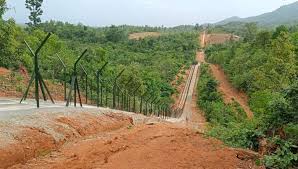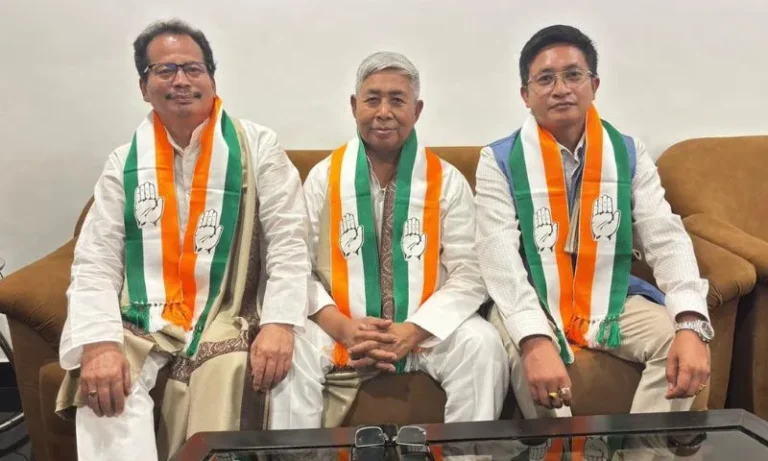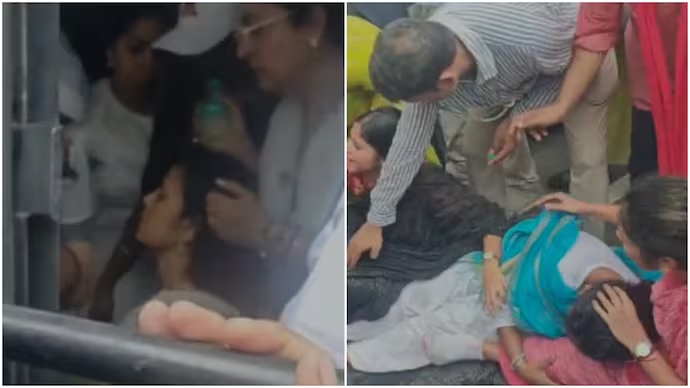Manipur Police Arrest 35-Year-Old in Senapati Rape Case
Police in Manipur arrested a 35-year-old man named Nepuni, a resident of Khridziiphi Village (P.O. Tadubi, Mao Police Station area), in connection with an alleged rape and sexual assault that took place in Ngamju Village on May 17, 2025; the arrest happened on Wednesday, August 28, 2025. An earlier accused was arrested on May 18, and one other accused remains at large; a Joint Action Committee (JAC) against rape staged a lightning bandh on NH-2 demanding speedy justice. Investigations are ongoing as authorities work to trace and apprehend the remaining suspect.
They send ripples through families, villages, and entire districts. When an alleged sexual assault happens in a place like Senapati, the event collides with local politics, community trust, policing capacity, and the broader conversation about safety and justice for women. That’s why even a single arrest — like the one of Nepuni (35) on August 28, 2025 — deserves careful attention: it’s a moment when law enforcement, victims’ rights groups, and communities all intersect.
The straight facts — timeline & who’s involved
Here’s the simplest timeline you can pin on a map:
- Incident date: The alleged rape and sexual assault took place on May 17, 2025, in Ngamju Village (Senapati district).
- Early arrest: An earlier accused in the matter was arrested on May 18, 2025.
- Latest arrest: On Wednesday, August 28, 2025, police arrested Nepuni (35) from his residence in Khridziiphi Village, P.O. Tadubi, under Mao Police Station jurisdiction.
- Outstanding: At least one accused remains at large; police said efforts are underway to apprehend that person.
- Public reaction: A Joint Action Committee (JAC) formed against rape/sexual assault imposed a lightning bandh along NH-2 demanding swift justice and more decisive action.
How arrests like this usually unfold — the police playbook (in plain language)
Ever wondered how a local arrest turns into follow-up action? Think of it like a chain reaction:
- Complaint & FIR: The case usually starts with the survivor or a family member filing a First Information Report at the local women’s police station or whichever station has jurisdiction. The Nenow report references an FIR at Senapati Women’s Police Station following the May 17 incident.
- Initial evidence gathering: Police collect statements, medical reports (if a forensic medical exam was conducted), and any physical evidence available. They then try to establish who was at the scene, who had motive, and who had opportunity.
- Arrests: If leads point to suspects — via witness identification, CCTV (where available), or mobile forensic data — police make arrests. We see this pattern: one suspect arrested quickly after the incident (May 18), another later (Aug 28).
- Investigation & follow-ups: An arrest may produce more leads (phones, chat logs, names), prompting new searches and perhaps further arrests. Meanwhile, the accused are produced before a magistrate and the legal process begins.
- Public pressure & civil response: Committees and civil society (like the JAC that staged the NH-2 bandh) often push the system to move faster, keep the victim’s safety in focus, and demand transparent updates.
FAQs
Q1 — Has the arrested man been charged and produced in court?
A1 — The news report confirms the arrest of Nepuni (35) from Khridziiphi Village on August 28, 2025; formal charge sheets and court proceedings typically follow after evidence collection and police remand. Keep an eye on police or court bulletins for the official filing.
Q2 — Is the survivor’s identity public?
A2 — No. Media reports and officials usually withhold survivor identities for privacy and legal protection; ethical reporting avoids publishing identifying details.
Q3 — Who staged the bandh and why?
A3 — A Joint Action Committee (JAC) formed against rape, sexual assault, and molestation staged a short (“lightning”) bandh on NH-2 to demand prompt and visible action from authorities after the May 17 incident
Q4 — One accused is still at large — what should locals do?
A4 — If you have verifiable information about suspicious persons or movements, report it immediately to the nearest police station (Mao Police Station or Senapati Women’s Police Station) rather than posting on social media. Verified tips help more than rumors.
Q5 — Where can survivors get help locally?
A5 — Survivors should contact local police women’s cells, district hospital emergency departments for medical care, and recognized NGOs or state women’s commissions for counselling and legal aid. If uncertain, calling the local police station is a practical first step. (Local resource lists change — confirm current phone numbers via official district or state sites.)




